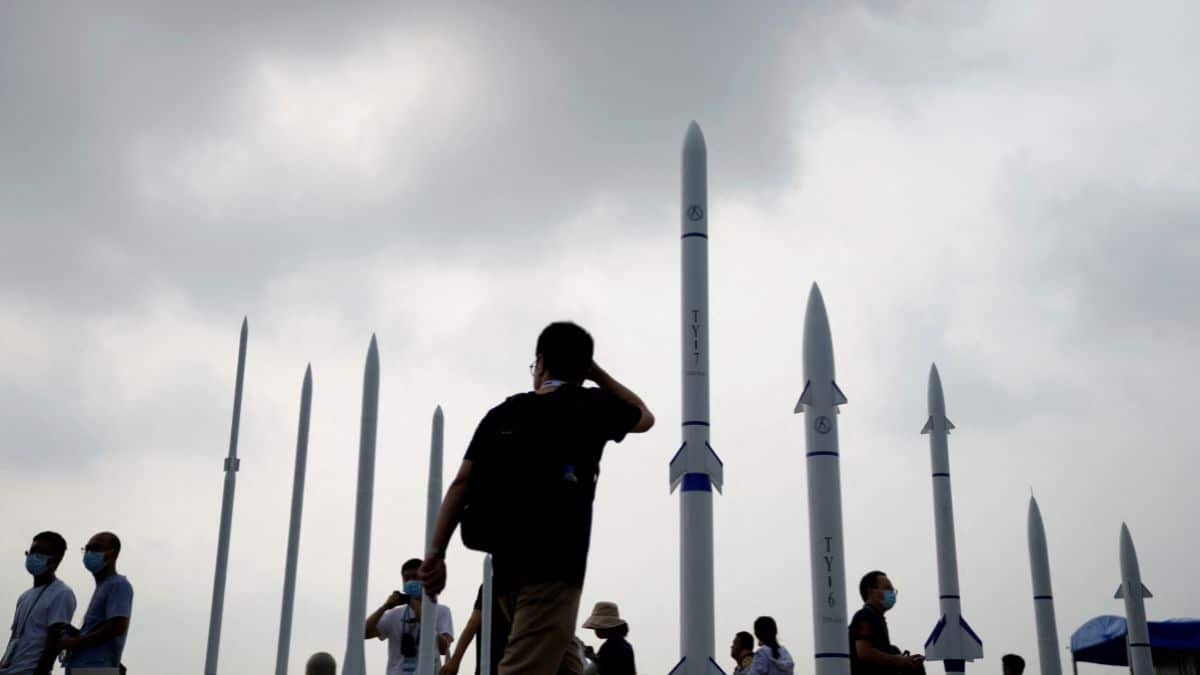 Image Credits - Reuters
Image Credits - Reuters
China continues to make significant strides in its commercial space endeavours as the Jielong-3, also known as Smart Dragon-3, successfully delivered nine satellites into orbit on Saturday. This achievement follows the rocket’s second launch in just two months, signalling a busy year for Chinese commercial launches.
Developed by China Rocket Co, a commercial subsidiary of a state-owned launch vehicle manufacturer, the Jielong-3 made its maiden flight in December 2022. President Xi Jinping’s emphasis on expanding strategic industries, particularly the commercial space sector, underscores the importance of building satellite constellations for communication, remote sensing, and navigation.
In a parallel development on the same day, Chinese automaker Geely Holding Group launched 11 satellites to enhance its capacity for providing more accurate navigation for autonomous vehicles. This multi-faceted approach highlights China’s commitment to advancing both its space and automotive industries simultaneously.
The year 2023 saw China conducting more launches than any other country, second only to the United States. With a record-breaking 67 orbital launches, China’s 17 commercial launches, including one failure, demonstrated its growing capabilities in the space sector. This surge marked a significant increase from the ten commercial launches in 2022, including two failures.
Key to the growth of commercial satellite networks is China’s focus on expanding launch capabilities. This includes opening more launch windows, diversifying rocket types to accommodate different payload sizes, lowering launch costs, and increasing the number of launch sites, such as constructing additional spaceports and utilizing sea launch vessels.
The Jielong-3 stands out with its ability to carry a 1,500 kg payload into a 500-km sun-synchronous orbit. With a competitive launch cost of under $10,000 per kg, the rocket positions itself as a globally competitive option for small-lift rockets. Its capacity is comparable to the Lijian-1, developed by CAS Space, another commercial spinoff, which can also transport a 1,500 kg payload to a similar orbit.
In the broader landscape of Chinese commercial rocket companies, Galactic Energy, with its Ceres-1 rocket, made seven launches in 2023, showcasing increased activity. However, the industry faced challenges, as evidenced by Galactic Energy’s mishap in September, leading to the loss of a rocket and payload.
Landspace made a breakthrough with the Zhuque-2 in 2023, achieving the world’s first successful payload delivery by a liquid oxygen-methane rocket, showcasing advancements in low-cost liquid propellants. Meanwhile, Orienspace’s Gravity-1, a larger rocket, launched in January, demonstrating the most powerful launch capability developed by a private Chinese enterprise.
As China continues its ambitious pursuits in space exploration, these developments underscore its growing presence in the global space industry, emphasizing innovation, cost-effectiveness, and a commitment to advancing technology.
